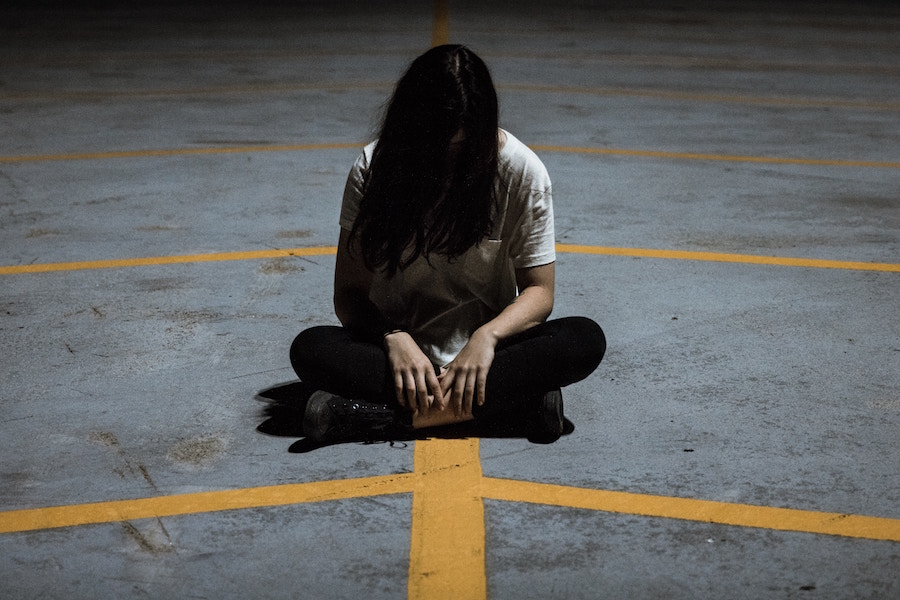
How Women Become Vulnerable to Human Trafficking

July 30 is World Day Against Sex Trafficking.
Human trafficking occurs all around the world, and in each and every one of the 50 United States. It is estimated that there are over 40 million people trafficked globally.
While the United Nations reports that 71% of victims are women and girls, trafficking occurs in all communities, from rural, to suburban, to urban, and across age groups, genders, ethnicities, and educational backgrounds. But there are some specific vulnerabilities that put individuals at a higher risk of becoming victims.
Homeless youth
Researchers studying those experiencing sex trafficking in Chicago found that 56% of trafficked women were initially homeless youth. This is most likely due to the lack of a supportive network coupled with unfamiliar environments. Traffickers often pick up these youth at transportation centers, shelters, and other public spaces and pretend to be their romantic partner to manipulate them into performing commercial sex acts.

Foreign nationals
Foreign individuals who come to or are brought to the United States are at a higher risk of exploitation. Traffickers in these situations begin by offering to help their victims come to the United States. But, after requiring expensive travel fees, the victim becomes indebted to the trafficker beyond anything they are able to earn at a low-wage job. Traffickers use the victim’s unfamiliarity with the environment, laws, language, and culture to control and manipulate them. As the number of refugees and migrants grows, there are more individuals at risk of exploitation.
Victims of past violence and trauma
Individuals who have experienced past abuse or trauma are more vulnerable to exploitation in part due to a normalization of abuse or feelings of shame and unworthiness. This violence can include domestic abuse, sexual assault, war, and discrimination.

Disabilities and mental health
Individuals with mental health issues or disabilities may have a diminished capacity to consent or assess a dangerous situation. Traffickers use this in order to manipulate them.
Substance use disorder
Traffickers may use drugs and addiction to maintain control of their victims. By getting their victims hooked on drugs and maintaining their dependency, they are able to coerce them into forced sex.
Poverty
Poor and marginalized communities are often targeted by traffickers who offer their victims false opportunities to earn money or improve their situation. They are often in financial despair and would do anything to provide for their families.
Stand With Us in the Fight to Help Survivors of Trafficking
Take the pledge and commit to helping women and girls at risk of or recovering from trafficking.
PLEDGE TO SUPPORT:
- Access to education for women through the Live Your Dream Awards
- Mentorship to guide girls to a brighter future through Dream It, Be it
- Solidarity with survivors of abuse
About the author: Ashleen Knutsen is a science writer and editor in Los Angeles. After a decade of experience in engineering and research, she decided to pursue a career in science communications to not only spark women and girls’ interest in STEM, but to let them know that they too can change the world.
